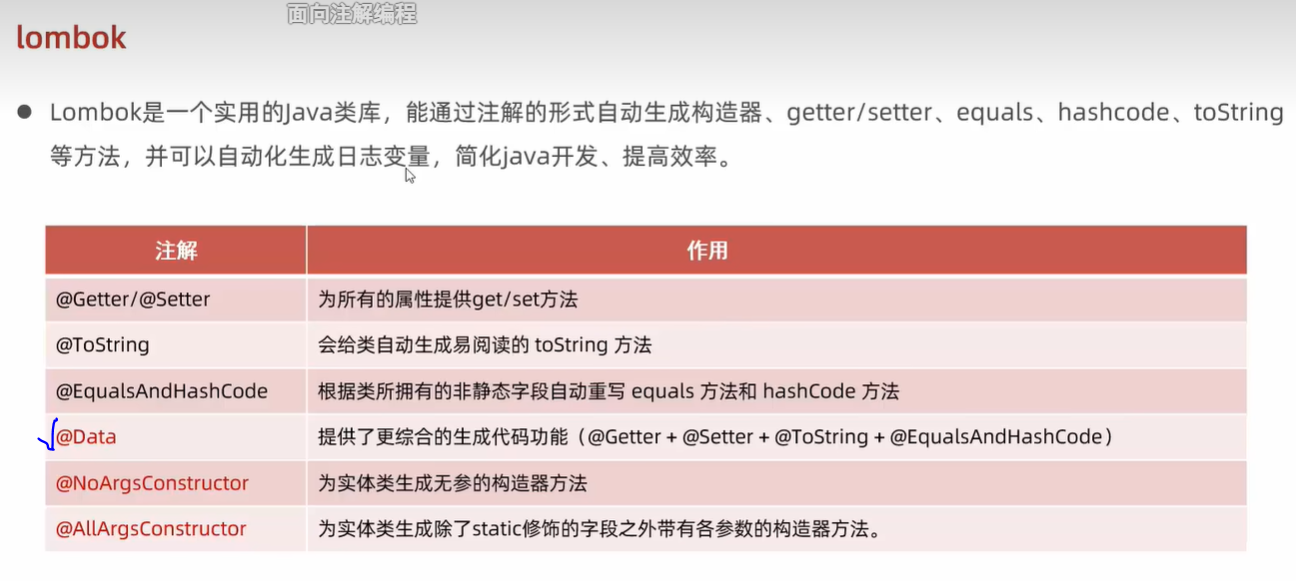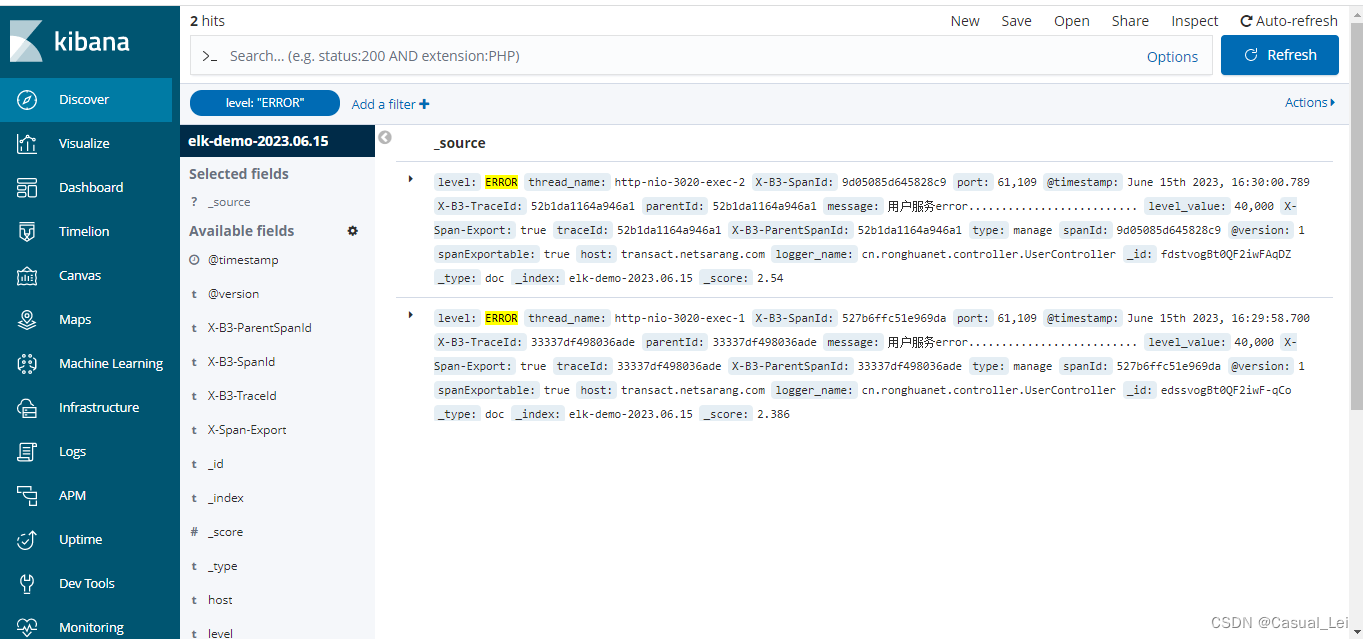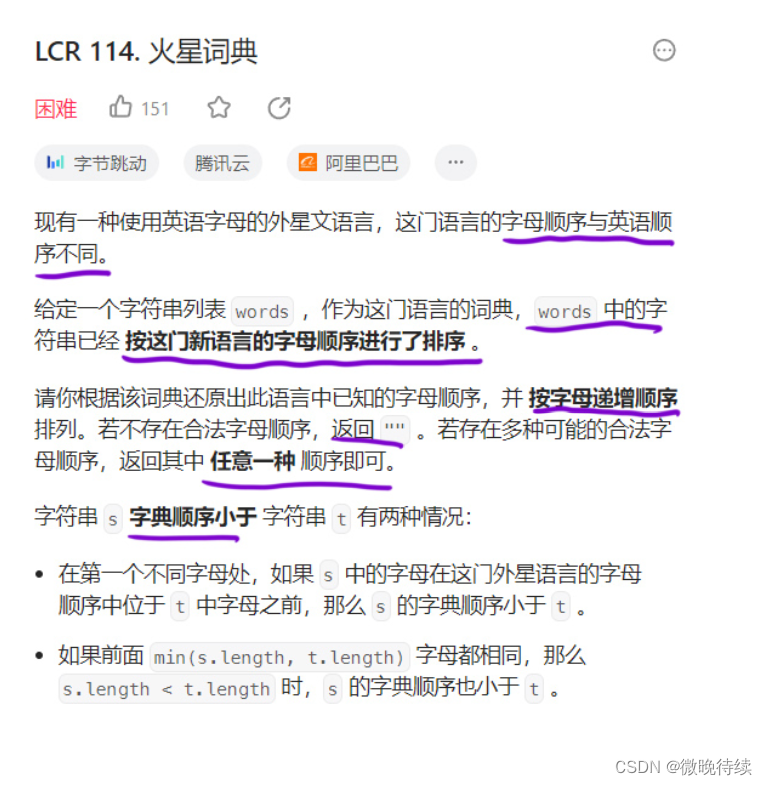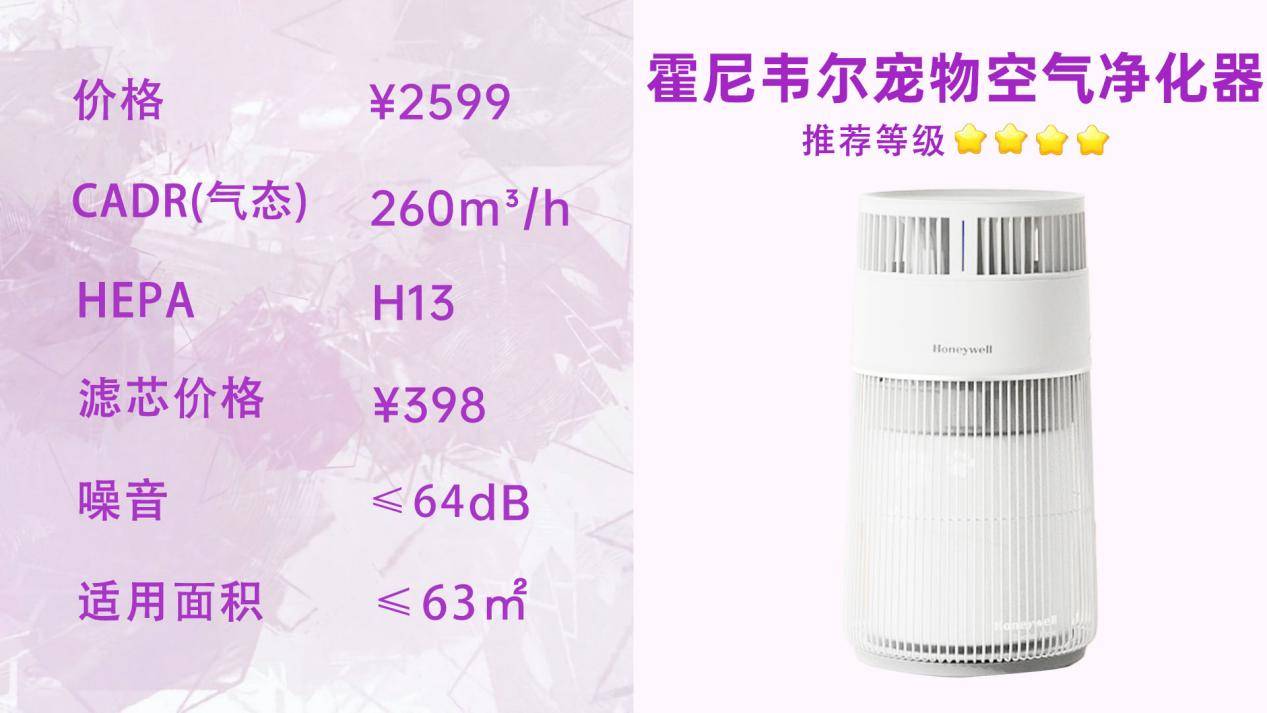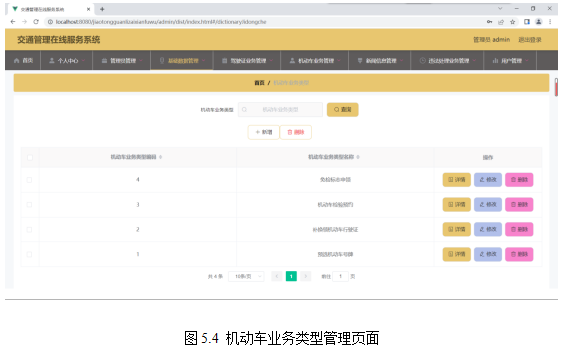张量(Tensor)是深度学习和科学计算中的基本数据结构,用于表示多维数组。张量可以看作是一个更广义的概念,涵盖了标量、向量、矩阵以及更高维度的数据结构。具体来说,张量的维度可以是以下几种形式:
标量(0维张量):
一个单一的数值。
例如:3.0。
向量(1维张量):
一维数组,即一个数值的列表。
例如:[1.0, 2.0, 3.0]。
矩阵(2维张量):
二维数组,即一个数值的表格。
在 PyTorch 中,张量可以通过 torch.tensor 函数创建。
创建标量张量:
import torch
scalar = torch.tensor(3.0)
print(scalar) # tensor(3.0)向量张良
vector = torch.tensor([1.0, 2.0, 3.0])
print(vector) # tensor([1., 2., 3.])
创建矩阵张量:
matrix = torch.tensor([[1.0, 2.0], [3.0, 4.0]])
print(matrix) # tensor([[1., 2.], [3., 4.]])
张量有许多有用的属性和方法,例如:
形状(Shape)
print(matrix.shape) # torch.Size([2, 2])
数据类型(Data Type):
print(matrix.dtype) # torch.float32
设备(Device):
print(matrix.device) # 例如:cpu 或 cuda:0
torch.nn是一个实例化的使用,torch.nn.functrion是方法的使用。两个都很好用
卷积操作
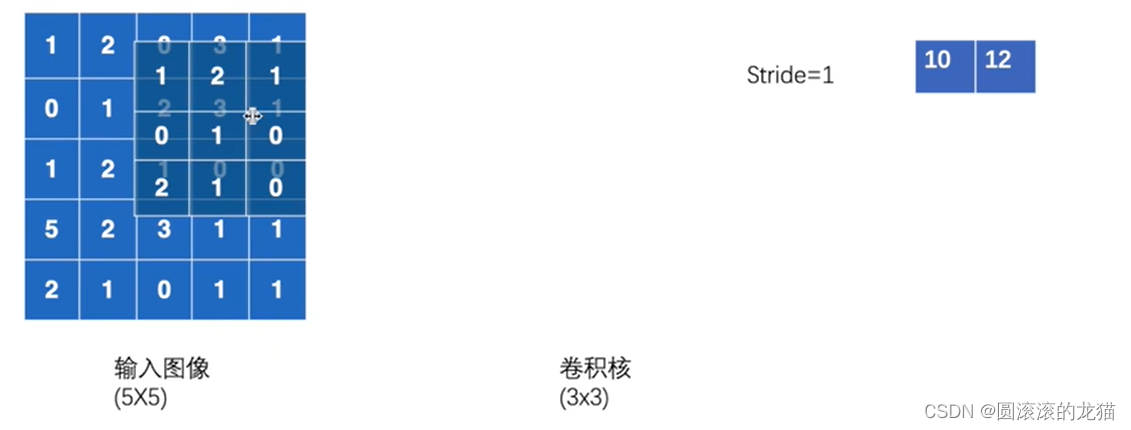
卷积核:卷积核是一个小的矩阵,用于在输入数据上执行卷积操作。它的大小通常比输入数据小得多,例如 3x3、5x5 或 7x7。
滤波器:滤波器是卷积核的另一个名称,它与卷积核的功能相同。
卷积操作是将卷积核应用到输入数据的每个位置,通过滑动窗口的方式逐元素相乘并求和,生成一个新的输出值。以下是卷积操作的步骤:
将卷积核放在输入数据的一个位置上。
逐元素相乘并求和,得到一个新的输出值。
将卷积核移动到下一个位置,重复上述步骤,直到遍历整个输入数据。
卷积核的作用
特征提取:卷积核通过对局部区域的操作,可以提取不同层次的特征,例如边缘、纹理、颜色等。
参数共享:卷积核在整个输入数据上共享,使得模型参数减少,提高计算效率。
空间不变性:卷积核能够捕捉输入数据的空间特征,不受位置变化的影响。
在卷积神经网络中,通常会有多个卷积核,每个卷积核提取不同的特征。因此,卷积层的输出不仅包含空间维度(高度和宽度),还包含深度维度(通道数)。例如,一个卷积层可能有 32 个 3x3 的卷积核,输入是一个 RGB 图像(具有 3 个通道),输出将是 32 个特征图。
权重参数本来就是随机初始化,之后根据优化方法会一轮一轮的不断向最优解逼近
开始数值就是一个初始化数值,然后通过训练慢慢优化,最后得到合适的数值
注意:torchvision.transforms.ToTensor 是用于将 PIL 图像或 NumPy 数组转换为张量的,但它需要一个特定的输入格式。对于 NumPy 数组,可以直接使用 torch.tensor 进行转换。
典型的卷积神经网络期望输入是一个四维张量,形状为 (batch_size, channels, height, width)。
其中,batch_size 表示每个批次的样本数量,channels 表示输入图像的通道数(对于灰度图像通道数为 1,对于彩色图像通道数为 3),height 和 width 表示图像的高度和宽度。
下面是一个简单的卷积操作
import torch
import torch.nn.functional as F
import numpy as np
inputtensor = torch.tensor([[1, 2, 0, 3, 1],[0, 1, 2, 3, 1],[1, 2, 1, 0, 0],[5, 2, 3, 1, 1],[2, 1, 0, 1, 1]], dtype=torch.float32)
# 使用 NumPy 创建卷积核
np_kernel = np.random.randn(3, 3)# 将 NumPy 数组转换为 PyTorch 张量
kernel = torch.tensor(np_kernel, dtype=torch.float32)inputtensor=torch.reshape(inputtensor,(1,1,5,5))
kernel=torch.reshape(kernel,(1,1,3,3))
print(kernel.shape)
print(inputtensor.shape)output=F.conv2d(inputtensor,kernel,stride=1)
print(output)
output2=F.conv2d(inputtensor,kernel,stride=2)
print(output2)

padding即在输入的周围进行填充一圈再进行卷积操作,空白部分默认视为0
import torch
import torch.nn.functional as F
import numpy as np
inputtensor = torch.tensor([[1, 2, 0, 3, 1],[0, 1, 2, 3, 1],[1, 2, 1, 0, 0],[5, 2, 3, 1, 1],[2, 1, 0, 1, 1]], dtype=torch.float32)
# 使用 NumPy 创建卷积核
np_kernel = np.random.randn(3, 3)# 将 NumPy 数组转换为 PyTorch 张量
kernel = torch.tensor(np_kernel, dtype=torch.float32)inputtensor=torch.reshape(inputtensor,(1,1,5,5))
kernel=torch.reshape(kernel,(1,1,3,3))
print(kernel.shape)
print(inputtensor.shape)output=F.conv2d(inputtensor,kernel,stride=1)
print(output)
output2=F.conv2d(inputtensor,kernel,stride=2)
print(output2)
output3=F.conv2d(inputtensor,kernel,stride=1,padding=1)
print(output3)

